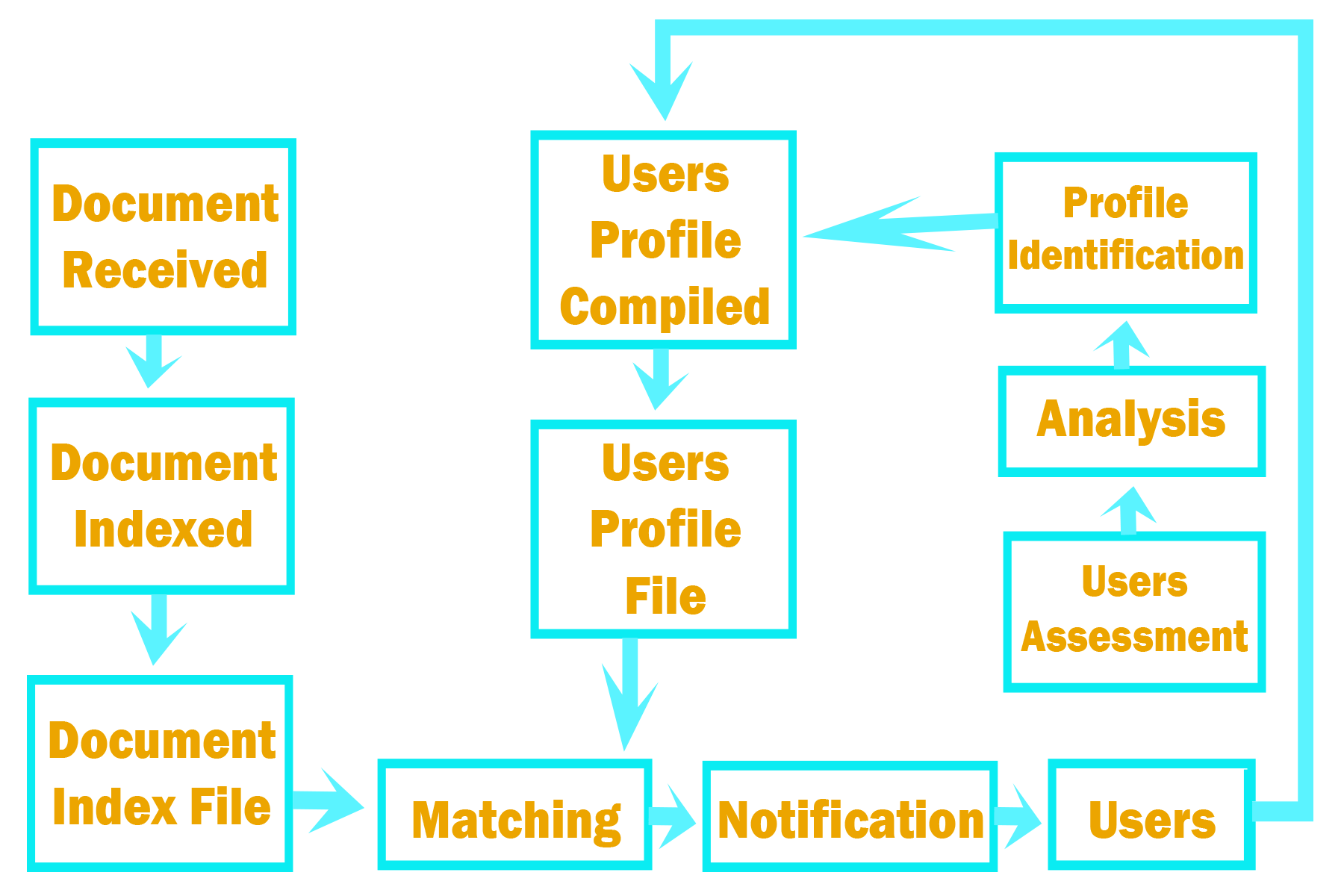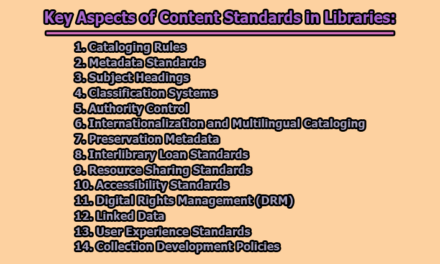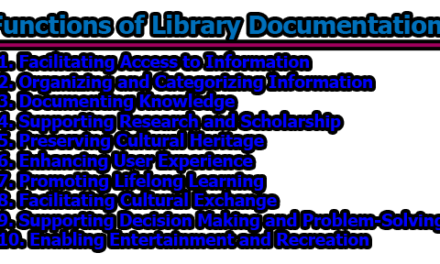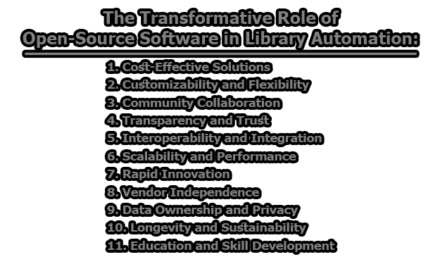SDI (Selective Dissemination of Information) is originally a phrase related to library and information science. SDI service refers to tools and resources used to keep a user informed of new resources on specified topics.
SDI was a concept first described by Hans Peter Luhn of IBM in the 1950s. who named this device as SDI service. The earlier concept of “SDI” by Hans Peter Luhn now has undergone a significant change due to the latest innovation of computer and telecommunication technologies coupled with the present library services.
Definition of SDI service:
A few necessary definitions are given below:
“SDI as documentation list on a specific topic anticipated engaging the attention of the number of the parent body” (Dr. S. R. Ranganathan)
“SDI is a method of providing personal current awareness information to individuals or groups” (Ludo-ten)
“SDI is a service within channeling of new tern of information from whenever sources to those clients within the organization where the probability of usefulness in connection with current work or interest in high” (Hans Peter Luhn)
From the above definitions, we can say that SDI is a method of providing personal current awareness information to individuals or groups which selectively and automatically complied information about new documents in disseminated to researchers, scientists, and others who need these documents/information.
Objectives of SDI service:
Objectives of SDI services are given below:
- To provide current information on predefined interest.
- To receive scans and provide the literature information to the right users at the right time.
- All the current information which is relevant to the interest of the users must be brought to the notice of the user (notifications).
- All the relevant information which is published elsewhere in the world should be located through various sources.
- To achieve current requirements through the scan of current materials such as journals, current awareness bulletins, and other important resources.
- To save the time of the users.
- No irrelevant documents should be brought to the notice of the user. Only the selective relevant documents should be brought to the notice of the user.
Stages involved in organizing SDI service:
A brief description of the Stages involved in organizing SDI services are given below:
- Users Profile: First of all, we have to select a group of users who require such a service. The interest of each user or homogeneous group of users is ascertained and represented in the form of a pattern of terms, keywords, code numbers, etc. such a record of interest pattern is called a profile. These individual profiles are then organized into a user’s profile file.
- Documents profile: The incoming documents are analyzed and the subject content of each of them is represented in the same way or in the same indexing language that has been used in the preparation of the user’s profiles. This is to ensure that a comparison could be made. These document descriptions are then organized into a document profile file.
- Matching: At fixed intervals, say weekly or monthly the two files i.e. the user’s profile and documents index files are compared. When a close match is observed as per incursions between any user profile and a documented record the details of both records are noted.
- Notification: Each individual user reviews a notification from the system if any close match is observed between his profile and any documented record. This notification is sent to alert the user that certain documents are likely to be relevant to his interest. It may include only the bare citations of the documents or contains abstracts or keywords. At times the notification may be accompanied by the document itself or a copy of it.
- Response or Feedback: An important feature of an SDI system is its mechanism of feedback. Instruction is provided or a mechanism is created through which the response of each recipient to each notification can be obtained or observed by the system. For example; the user may be asked to check in a printed card, sent along with each notification how far the note filed references were of interest to him or relevant a copy of the full document was requested.
- Re-adjustment of Profiles: The response received from the user is carefully analyzed and it’s necessary, the profile re-adjustment or the level of reach is altered.

Former Student at Rajshahi University










